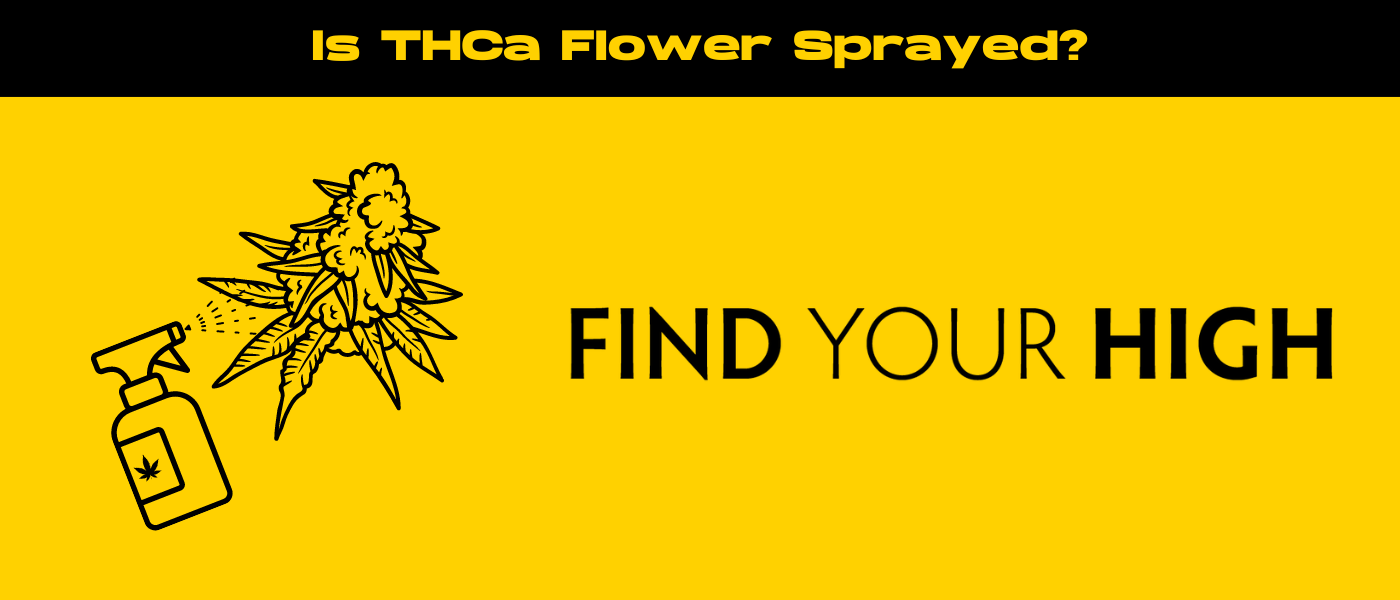As the cannabis industry continues to expand and offer more variety, products like THCa flower and hemp are stealing the spotlight for their special qualities and potential. But as consumer awareness grows, the question ‘Is THCa flower sprayed?’ becomes more important.
If you’re unfamiliar, tetrahydrocannabinolic acid (THCa) is a non-psychoactive cannabinoid found in live cannabis plants. When exposed to heat, THCa undergoes decarboxylation to become THC, the compound known for its psychoactive effects.
The cultivation process of cannabis is super important – not just for potency, but also for safety and effectiveness. Knowing the safety of cannabis products, like if THCa flowers are sprayed with anything, is key for consumers who care about purity and having a good consumption experience.
In this blog, we’ll explore the ins and outs of THCa flowers, chat about how they’re grown, and cover the steps taken to keep the products on our menu safe.
Whether you’re tempted to begin cultivating your own THCa flower crop or just curious about what you’re smoking, continue reading to learn everything you need to know about THCa flower production — and what it means for you, the consumer.
What is THCa Flower?
THCa flower is basically the raw form of cannabis plucked straight from the plant, keeping it in its most natural state. Before any heating or drying process that turns it into THC, the flower keeps its acid form – THCa.
One great thing about genuine THCa flower is that you can add it to your wellness routine without worrying about getting high like with THC. THCa doesn’t give you that high feeling associated with THC, making it a good option for medical use and health-conscious people looking for the benefits of cannabinoids without the mental buzz.
THCa Without the Buzz
Unlike some other cannabis products that are usually eaten or smoked, THCa flower offers a different option for those looking to tap into the advantages of raw cannabis. This can involve juicing fresh cannabis leaves and buds or trying out other ways to consume it while keeping the THCa content intact.
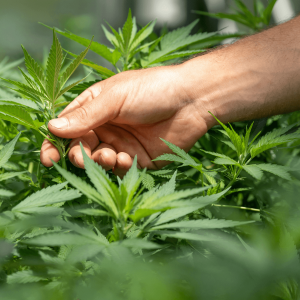
The THCa Controversy: Is THCa Flower Sprayed?
The issue of spraying THCa flower has stirred up a lot of discussion among consumers and industry experts. To clarify, a ‘sprayed’ flower is one that’s been treated with various substances, like pesticides to protect the cannabis plant or chemicals to boost cannabinoid profiles post-cultivation. These practices spark controversy for a few reasons, mainly revolving around consumer health and the quality of the cannabis product.
The controversy boils down to finding a balance between crop safety and effectiveness while keeping health standards high for end-users. Some say spraying is crucial for crop protection and quality, but skeptics worry about health risks from foreign substances, pushing for stricter rules and more transparency in the industry.
The debate also touches on label accuracy and consumer trust. With the rise in popularity of THCa, it’s vital to make sure consumers receive a truly natural product without hidden extras. This honesty is key for medical patients depending on THCa’s therapeutic benefits, and for casual recreational users who are more health-conscious nowadays.
THCa Regulations in the U.S.
Cannabis rules in the U.S. remain a mix of state laws, while federally, THC is still classified as a Schedule I substance. However, THCa is protected under the hemp bill and is federally legal.
Yet, states with legal medical or recreational cannabis have set up their own rules for pesticides and growth enhancers in cultivation. These legal additives need to meet state safety standards, with products going through thorough testing to ensure compliance.
With the cannabis industry changing, there’s a growing focus on product testing to ensure safety for consumers, including THCa flower products. As consumers demand greater transparency and quality, the industry responds with more detailed testing and clearer regulations to uphold high standards of product purity and consumer trust.
Spraying Practices in Detail
In understanding the cultivation of THCa flower, it’s important to look closely at the practices of spraying to better differentiate between responsible cultivation and potentially harmful substances.
The following sections break down the substances typically applied to cannabis and the reasoning behind their use.
Common Pesticides Used in Cannabis Cultivation
Pesticides are used in a lot of farming methods, and growing cannabis is no different. These substances, whether synthetic or organic, aim to shield crops from pests, diseases, and fungi. But, the use of pesticides sparks debates because of the health concerns for consumers.
Some typical pesticides are:
- Neem Oil: A natural pesticide that is considered safe and is often used by organic growers.
- Pyrethrins: Derived from chrysanthemum flowers, these are commonly used in cannabis cultivation but must be applied with caution.
- Sulfur Burners: Employed to fend off mold, sulfur can be effective but needs to be used well before the flowering stage to ensure consumer safety.
Growth-Enhancing Solutions: How They’re Used
Aside from pesticides, growth-enhancing solutions are substances designed to increase the yield, potency, or appearance of THCa flowers. They could come in the form of:
Nutrient Additives:
Solutions that provide plants with additional nutrients, or adjust pH levels to optimize growth.
Growth Regulators:
Chemicals that can alter the growth cycle of the cannabis plant to produce more buds and bring the harvest sooner. However, these are controversial due to their potential impact on human health.
Purpose and Process of Spraying THCa Solutions
Spraying THCa flower crops serves various purposes, like shielding against cannabis pests and boosting the plant’s natural traits for better yields and quality. Typically, the process includes:
- Preventative Spraying: A proactive approach with mild pesticides to prevent infestations before they start.
- Curative Spraying: Used to address an existing problem, this is often more concentrated and requires careful application to avoid residues on the final product.
- Foliar Feeding: Spraying nutrients directly onto leaves to supplement the plant’s nutrient intake.
Understanding the role and rules around these sprayed THCa flowers is key to making sure the end product smokes well and is safe for users.
As it continues to grow, the industry aims for improved practices, clearer regulations, and thorough testing to keep cannabis seeds and THCa products natural and safe for all.
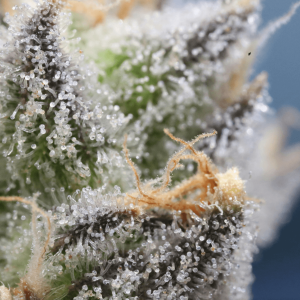
The Enhancement of THCa Concentration
Understanding how to boost THCa levels in hemp flowers involves grasping that THCa is a non-psychoactive form of THC. Breeders are always exploring ways to increase THCa for its medicinal benefits and as a legal option.
Techniques like selective breeding and stress induction, along with perfecting natural growth conditions, play a crucial role. By choosing parent plants with high THCa levels and providing optimal growing conditions, we can enhance THCa concentrations naturally.
Stress induction methods like light stress can also prompt the plant to produce more THCa. These approaches focus on working with the plant’s biology to improve traits without sprays or additives.
Risks Associated with Sprayed Hemp Flowers
Spraying practices in outdoor cultivation help safeguard hemp flower crops and boost product quality, but sprayed THCa flower does carry some risks to the consumer.
Health Risks of Spraying THCa Flower
One major worry is about possible health problems from chemical exposure. Pesticides, even those considered safe for food, might have different effects when burned and inhaled with cannabis — making sprayed THCa flower risky. This could not only affect consumers’ health right away by causing breathing problems or allergies but also pose unknown risks of long-term exposure.
Surprisingly, we don’t have a full grasp of the risks of using sprayed products regularly, mainly because there’s not enough extensive, long-term research on breathing in these chemicals as they’re fairly new to farming. This uncertainty puts consumers in a tricky spot, counting on cultivators and regulators for safety without solid long-term proof.
The Environmental Impact of Spraying THCa Hemp Flower
Of course, we can’t ignore the environmental effects of these spraying methods. Chemicals running off from cannabis farms can harm soil quality and pollute water sources, impacting local ecosystems and wildlife.
While organic pesticides are greener, using them carelessly can also upset the ecological balance of the environment.
In the end, it’s crucial for the cannabis industry to keep crops healthy while also protecting consumers and the environment through ongoing research, vigilance, and responsibility.
How to Tell if Your THCa Flower is Sprayed
When you’re figuring out if your THCa flower has been sprayed, look out for these signs:
- Visual Indicators: Look for any irregular color patterns or residues on the THCa flower. A whitish powder or a shiny, unnatural sheen could suggest spraying practices.
- Smell and Taste Notes: A chemical or overly pungent smell beyond the normal cannabis aroma might indicate the presence of spraying substances. Similarly, an odd or harsh taste during consumption could be revealing.
- Laboratory Tests: The most definitive method for identifying sprayed flowers is through laboratory testing. These tests can show the presence and concentration of pesticides, growth regulators, and other additives, ensuring consumer safety and product transparency.
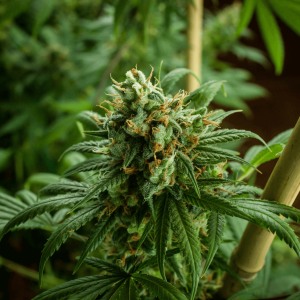
Alternatives to Chemical Spraying: Embracing Organic and Biodynamic Practices
In the quest for healthier, eco-friendly cannabis cultivation, lots of growers are switching to organic pest control methods. For example, they’re bringing in good bugs to deal with the bad ones and using plant-based fungicides too.
Such methods align well with the principles of biodynamic farming, which extends beyond organic farming by treating the farm as a closed, self-sustaining ecosystem.
When it comes to enhancing THCa production, breeders are also focusing on natural breeding techniques. By carefully selecting and crossbreeding THCa-rich strains with naturally high levels of THCa, growers can enhance cannabinoid profiles without relying on chemical solutions.
These holistic approaches to cannabis cultivation support the ecosystem, lead to cleaner products, and uphold consumer health.
The Future of Cannabis Cultivation
As cannabis cultivation evolves, growers are combining advanced technology and new regulations.
Trends such as precision agriculture leverage data insights to enhance plant growth and manage resources efficiently. With IoT devices, growers can monitor conditions in real time and adjust climate and soil remotely.
Sustainable methods like vertical farming and aquaponics save space and water while offering pesticide-free cultivation. And LED lighting advancements improve energy efficiency in indoor grows, reducing carbon footprint.
Future regulations may focus on pesticide use and contaminant testing for consumer safety. However, education in the hemp industry will be crucial to comply with regulations and technological advancements. This fusion of tech and policy could shape a high-tech, regulated future for cannabis cultivation.
Final Thoughts on THCa Flower and Spraying Practices
As we have explored, the development of THCa flower cultivation and the accompanying use of spraying practices present both opportunities and challenges. So, is THCa flower sprayed? Well, it depends.
Major takeaways include the potential for natural enhancement of THCa content through selective breeding and environmentally-conscious farming techniques, contrasted with the health and ecological ramifications of chemical sprays.
The key for consumers is vigilance: educate yourself on the pros and cons, look out for signs of chemical additives, and seek tested and transparent products. For a safer THCa experience, consumers should prioritize organically grown flowers and support growers who employ sustainable practices, steering the industry towards a healthier future for all.
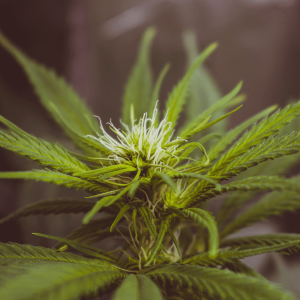
Frequently Asked Questions
1. Is THCa natural or synthetic?
THCa, or tetrahydrocannabinolic acid, is a naturally occurring compound found in raw and live cannabis plants. It is the acidic precursor to THC, the main psychoactive compound of cannabis, and becomes THC when it is decarboxylated, typically through heat.
2. How do you activate THCa?
To activate THCa and convert it to THC, the process of decarboxylation must occur. This involves applying heat, either through smoking, vaping, or cooking cannabis, which removes the carboxyl group from THCa, turning it into the intoxicating THC.
3. Can THCa cause a high?
THCa, in its raw form, doesn’t cause a psychoactive high because it has a different molecular structure compared to THC. However, when heated, THCa converts to THC, which does have psychoactive effects.
4. What percentage of THCa is in flower?
The percentage of THCa in a cannabis flower varies widely depending on the strain and growing conditions. Generally, it can range from less than 10% to over 30% in some high-THCa strains. Accurate measures require laboratory testing to determine the specific concentration in a given sample.
5. Is THCa flower legal?
Yes, THCa flower is protected under the 2018 Farm Bill and is considered federally legal.

 Rewards
Rewards




